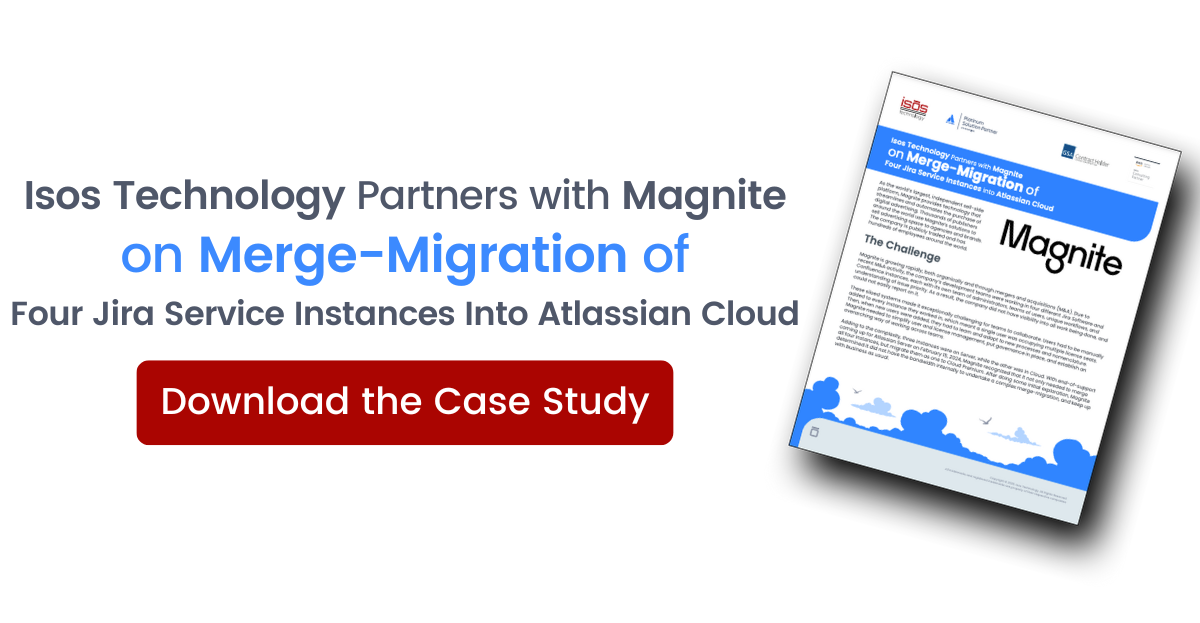 Atlassian announced that Knowledge Base is now built into Jira Service Management as of March 2022. This is cause for celebration, but there is one caveat: This is for Cloud users only and does not apply to Data Center clients.
Atlassian announced that Knowledge Base is now built into Jira Service Management as of March 2022. This is cause for celebration, but there is one caveat: This is for Cloud users only and does not apply to Data Center clients.
Let’s start with the basics: Just what is a knowledge base?
A knowledge base (KB) is a self-serve online library of information about a product, service, department, or anything else your team might want to have more information on. It often includes troubleshooting guides, FAQs, and other details you may want access to or need on a regular basis. The KB enables you to create, share, use, and manage knowledge across your teams. It can help teams across your entire organization leverage the intellectual capital and assets that are already available to them, making them quickly available for customers or internal users.
Why do companies use a knowledge base?
A KB benefits your internal team by documenting answers to frequently asked questions, and benefits customers by allowing them to search for resolutions in the help center. Other benefits include gathering customer feedback to guide to helpful article updates, helping agents solve requests faster by sharing articles with customers and referencing articles while they work, encouraging agents to create new articles for frequent or new requests, and standardizing answers to customer questions into a single-source of truth.
What does all this mean to new users or existing clients?
Previously, Jira Service Management (JSM) clients needed to purchase Confluence in order to get knowledge base functionality. JSM now comes with KB and offers the key features most clients were purchasing Confluence for in the first place; mainly the ability for users to create, read, update, and delete knowledge articles directly within JSM. There is now no cost for this additional functionality. The out-of-the-box knowledge base is powered by Confluence, which means a site admin or org admin will need to manually add Confluence to your site in order to leverage the knowledge base inside Jira Service Management. It’s a bit confusing, but the bottom line is that no purchase of Confluence is required to use the new JSM knowledge base.
If you’re an existing Confluence client, you might be asking yourself, "What are the key feature differences between the knowledge base in JSM and a Confluence license?" Don't worry, we've got you covered.
These are the most important differences between KB and Confluence.
Jira Service Management now offers core knowledge management features, so users can create, view, edit, delete, and publish articles directly within Jira Service Management. But to have access to the following features you will need a paid Confluence plan added to your JSM site:
- Audit logs (JSM Standard, Premium)
- Data residency (JSM Standard, Premium)
- IP allowlisting (JSM Premium)
Then, there are a handful of advanced features that are only available in Confluence:
- Page and Space Permissions
- Advanced Analytics
- Team Calendars
The key takeaway is that JSM users need a Confluence license if they want direct access to Confluence. Only licensed Confluence users can create, read, update, and delete knowledge base articles directly in Confluence.
If those aren’t Confluence features your team uses today, then you might want to consider making a change. Atlassian stated “We are not offering credit. If you are on a monthly plan of Confluence and you want to keep the ability for users in Jira Service Management to create, read, update, and delete knowledge articles, you should remove all users from your Confluence license (0 Confluence users = $0). If you need any additional knowledge base functionalities or the ability for users to access Confluence directly, you will want to keep your license.”
Atlassian isn’t just throwing this into JSM: they announced that as more advanced features are developed, they will be released into select Jira Service Management Cloud plans. Some of the cool things coming down the pike include real time collaboration with non-Jira Service management users in Confluence, in-line and page comments, lifecycle management and better analytics, ease of creation from the issue view, granular permission control, and Confluence templates. You can see their public roadmap here.
So for Cloud users paying for Confluence but not using its full functionality, this is good news, right? That said, please be sure to research your options before you cancel Confluence!
If you have any questions about figuring out the best option for your team or organization, please contact Isos. We're happy to help!
Sign up to receive more great content
Learn more about Atlassian and how Isos can help by signing up to receive our latest blogs, eBooks, whitepapers and more.













